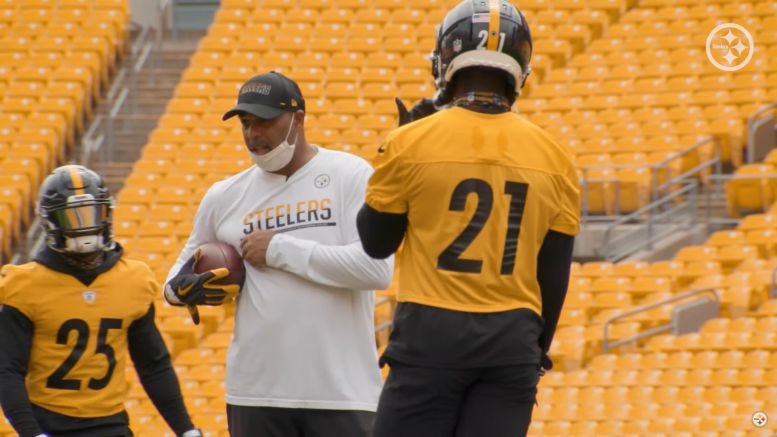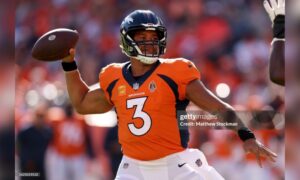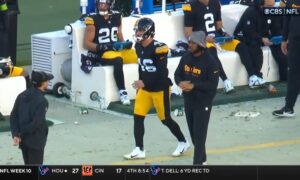Training camp is finally here, even genuine practices. This is the first time all year that we, and the Pittsburgh Steelers, have had the opportunity to take the field in any capacity, which is an all-important step in the process of evaluating your offseason decisions and beginning to put the puzzle together that will shape the upcoming season.
The Steelers are coming off of an 8-8 season, but while they will default to clichés about how you are what your record says you are, they know they have the potential to be much better. Still, they enter training camp with some questions to answer.
They are no different than any team in the NFL in that regard, in any year. Nobody comes to practice as a finished product. So during this series, we are going to highlight some of the most significant storylines that figure to play out over the course of training camp.
Headline: Working to create takeaways
Whenever a team is in a drought in terms of taking the ball away, they resort to citing the adage that they can suddenly come in bunches. That doesn’t mean that taking the ball away is all up to luck and happenstance, though. Being a good team that reliably gets takeaways is a combination of talent and the work that you put into putting your players into positions to get the ball—and drilling in them the instincts of being ball-first.
As Alex Kozora talked about yesterday, Teryl Austin can perhaps be credited to some degree for coaching up that ball-first mentality by bringing in new drills to promote those instincts. He also got that defensive backs on mandatory Jugs work.
But you also need great players, like T.J. Watt, who can force eight fumbles in a season, and get a pick or two here and there. You need members of the secondary who at least have the capacity to be ballhawks, who can read a play and catch the ball when they have the chance, like Joe Haden and Minkah Fitzpatrick did last year.
More importantly, you have to have a complete defense that works in tandem. You have to have, for example, the pass rush that puts a quarterback under pressure to make a bad throw, with a secondary tight enough to make him hold onto the ball and take away hot reads.
You have to have defensive linemen and edge rushers who have the instinct to put their hand in the air when they know they’re not going to get home. Sometimes those deflections turn into interceptions. Devin Bush got one from a Tyson Alualu batted pass.
Rallying around the ball. That’s another thing. Two of Fitzpatrick’s interceptions came off of passes deflected by Haden, for example. Reading the play and predicting the most likely outcome that would put you in position to make a play and then getting to that spot. These are all things defenses can train themselves in doing during training camp, so you can avoid resorting to clichés when you’re not getting takeaways.








